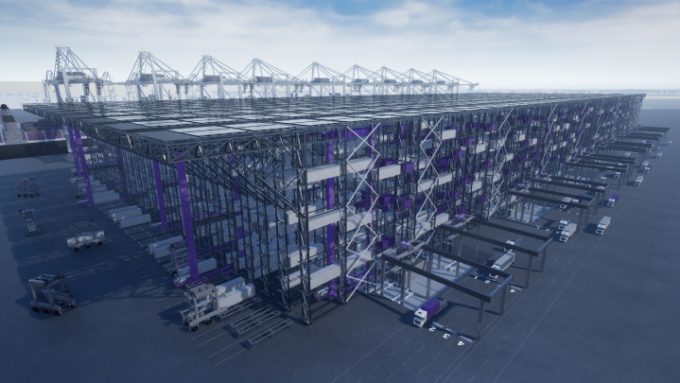DP World announces 'transformative' expansion plan for Caucedo hub
Global terminal operator DP World is set to plough some $760m into its Caribbean transhipment ...

The High Bay Storage (HBS) container terminal concept unveiled earlier this year by DP World could also help speed up hinterland supply chains.
Delegates at the TOC Container Supply Chain event in Rotterdam were today told by DP World director of global operations Patrick Bol that ...

Comment on this article